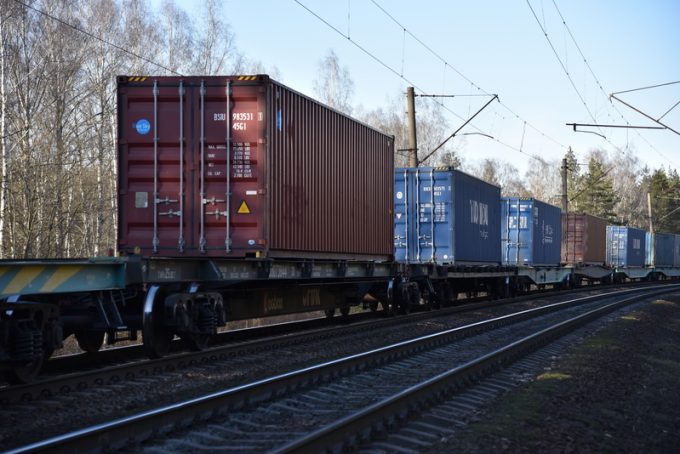VIDEO: Ukraine special forces destroy Russian freight train
Russia’s railfreight problems are only continuing to worsen. After sanctions last year sucked the country ...

Shippers are increasingly looking for alternative transport modes to avoid cargo being delayed by ships rerouting to avoid attacks in the Red Sea.
Multiple forwarders told The Loadstar this week they had received a rash of enquiries for bringing goods from China ...

Comment on this article
Andrew Gillespie
January 06, 2024 at 9:29 pmRail is a drop in a large bucket of TEU flowing from China to Europe. And, that doesn’t even touch any other parts of ASIA to Europe.